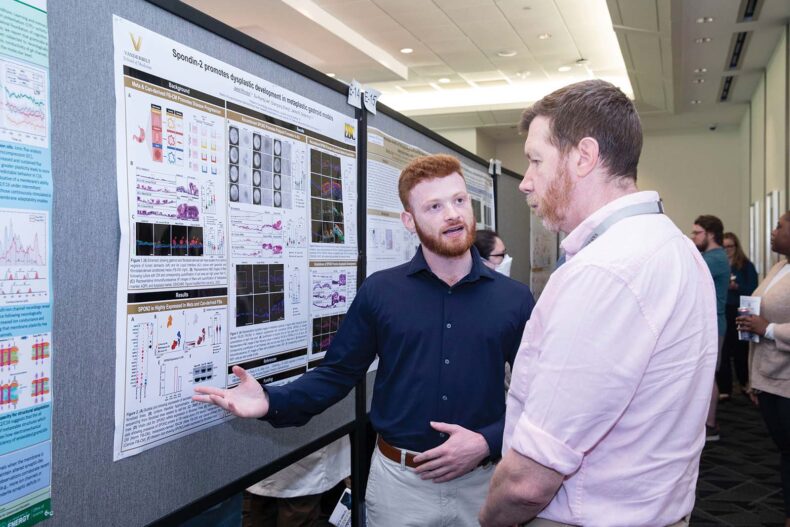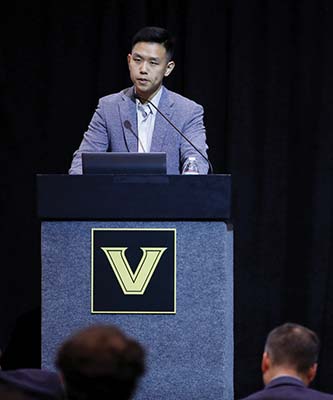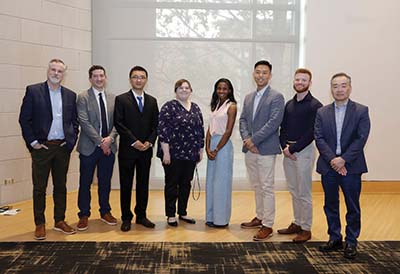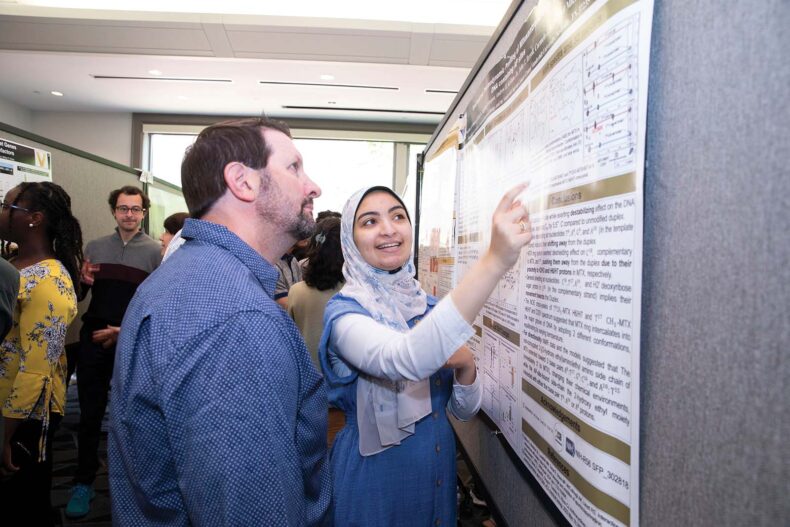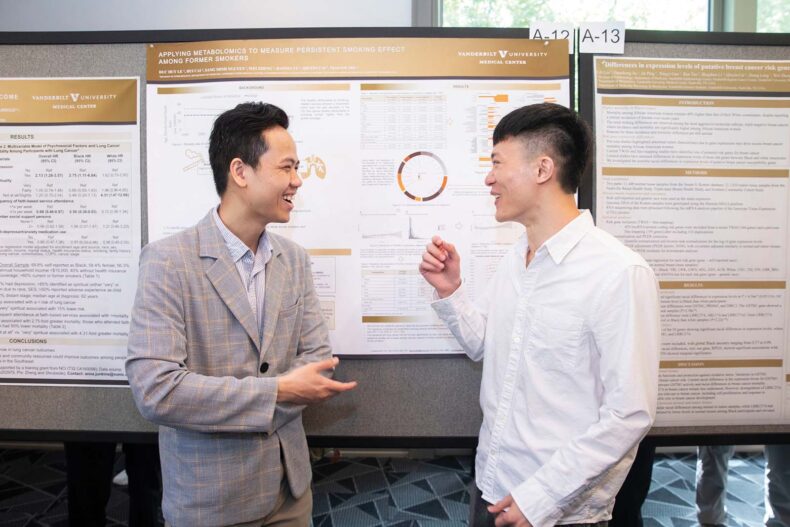Children benefit in multiple ways from cellular therapy advancements
Cancers that were once almost always fatal for children are now curable because of advancements in cellular therapies that Vanderbilt-Ingram Cancer Center pediatric oncologists and hematologists have introduced to Tennessee.
The advancements have included improvements for HLA (human leukocyte antigen) matching with stem cell donors, better medicines for infection prevention, new therapies for graft-versus-host disease (GVHD) and CAR-T therapies.
“We were one of the first sites in the state to be able to use CAR-T to treat our patients, and that’s really been a big game changer for some of our patients who had relapsed or refractory leukemia that would have otherwise been fatal,” said Carrie Kitko, MD, Ingram Professor of Pediatric Oncology and medical director of the Pediatric Stem Cell Transplantation Program.
The program has established itself as a leading innovator in preventing and treating GVHD, which occurs when donor immune cells begin attacking the stem cell recipient’s healthy tissue. Vanderbilt-Ingram is part of an international consortium called MAGIC that has developed risk-stratified treatments according to both GVHD symptoms at presentation and biomarkers, or certain proteins in their blood, to predict patients who are more or less likely to respond to treatments for GVHD.
“We have had several clinical trials to potentially improve outcomes for patients with GVHD. If you’re a low-risk patient, we’ve been able to offer trials where we avoid steroids, which are normally what we use to treat our GVHD patients, but steroids have lots of side effects that can be quite unpleasant,” Kitko said.
“You can identify those low-risk patients that don’t need steroids, and you can use a less toxic therapy. And then for the high-risk patients, if we know that they’re unlikely to respond to steroids, why wait for them to fail on steroids. We have been able to offer some of these studies to both pediatric as well as adult patients.”
Kitko is the senior author of a study published in 2024 in The New England Journal of Medicine that led to the Food and Drug Administration approving a new drug for recurrent or refractory chronic GVHD. Patients who were given the drug, axatilimab, had an overall response rate of 74%.
“Now, patients have access to more drugs to treat chronic GVHD, which is really a very morbid condition for many of our patients,” she said. “Moderate to severe chronic GVHD really impacts their quality of life and their ability to do normal day-to-day activities.”
The post Children benefit in multiple ways from cellular therapy advancements appeared first on VUMC News.

